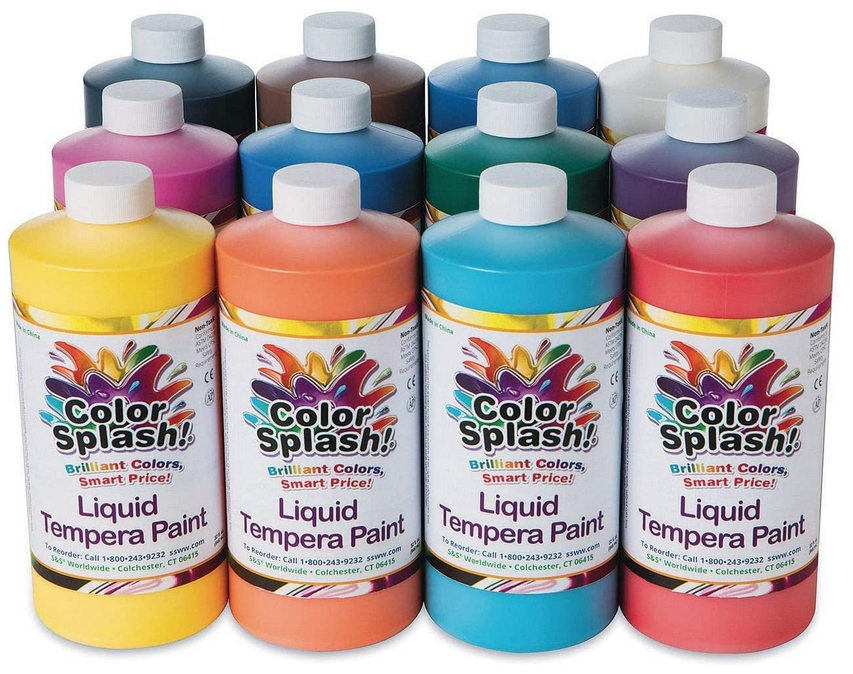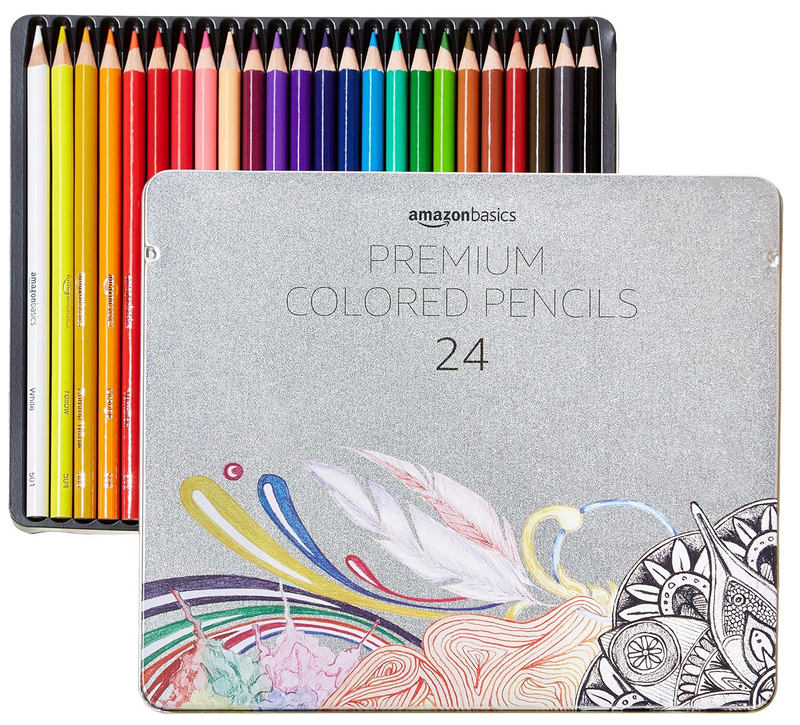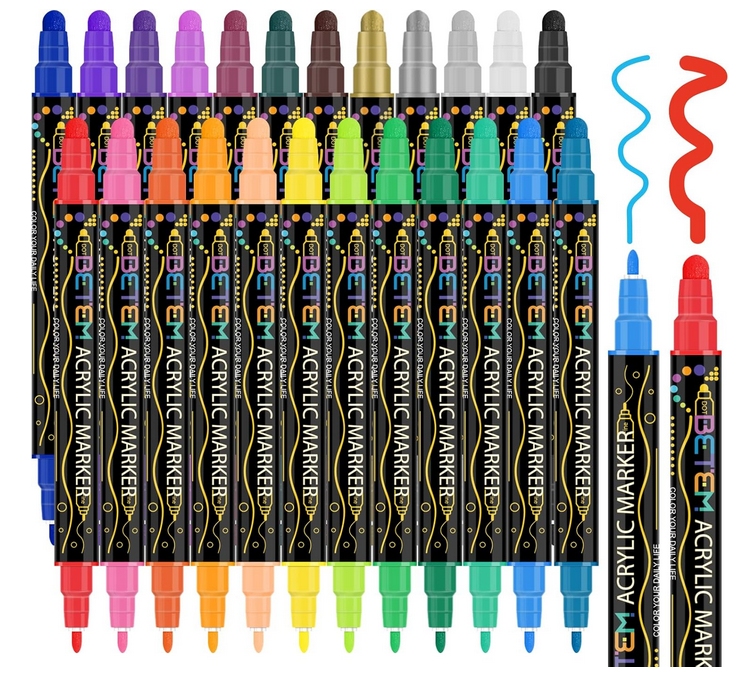- Home
- Social Studies
- Depression
The Great Depression Decade
In 1929, the nearly 123 million Americans did not yet know how devastatingly the Roaring Twenties would crash.
The year still had some optimistic aspects: the first Academy Awards were handed out; Clarence Birdseye introduced frozen foods. But a sign that the boisterous decade was over, took place in the city of Chicago: the Saint Valentine’s Day Massacre of gangsters took place.
The economy had turned bad and was getting worse. The crash of the New York stock market, in which thousands of investors lost all their money, was the result of economic policies gone wrong. It had been a period of easy credit and foolish stock speculation.
There had been depressions in America before but none so bad as this. By 1933, the number of unemployed went from an optimistic estimate of 25 percent of the work force to a pessimistic 50 percent. This happened in a period with no unemployment insurance, no welfare system, and no bank deposit insurance. Businesses failed, banks closed, and many people went hungry. Most city workers had no farms to go to where they could at least survive by growing their own food.
In his March 4, 1933 inaugural address, newly elected President Franklin Delano Roosevelt told a devastated nation that “the only thing we have to fear is fear itself ….” His New Deal policies of creating large public projects put thousands back to work, and government subsidies provided some measure of financial assistance, although the effect on the economy seemed agonizingly slow.
The Depression spread to Europe and the rest of the world, and the economy of the United States did not truly recover until the 1940s, when wartime spending turned it around.
Questions ~
- In what year was FDR first elected to the presidency?
- What years was FDR in the White House?
- Describe the New Deal.
- What government agency, instituted in 1933, continues to insure bank deposits for Americans?
Okay, so now I've put on some ads from Amazon - from which I may earn a few cents. (2025)



